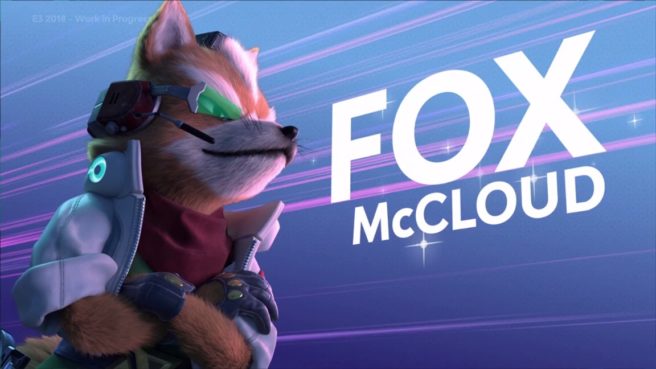Starlink dev on how the game came to be, toys-to-life market, future support, Star Fox “a match made in heaven”
Posted on August 21, 2018 by Brian(@NE_Brian) in News, Switch
GamesBeat published a new interview today with Starlink: Battle for Atlas producer Matthew Rose. The two sides discussed the game’s origins, current status of the toys-to-life market, plans for future support, and the Star Fox collaboration. Rose said that free content is planned while the partnership with Nintendo is “a match made in heaven”.
We’ve rounded up a few excerpts from the interview below. You can read the full discussion here.
On the early inspiration for Starlink…
Matt Rose: A few years ago, after we shipped Splinter Cell: Blacklist, the first project that Ubisoft Toronto shipped, people started to split up and go on to different projects. Since then Toronto’s worked on Far Cry and Watch Dogs and things. I had the opportunity to take a small team, about eight people, and come up with something new. We had no idea where we were going, so we did all sorts of experimentation and prototyping across all sorts of crazy technologies and platforms.
One of the prototypes that was exciting was this modular starship. It was just a hacky prototype at the beginning – a Wiimote, some consumer electronics, some copper wiring, some building blocks. But there was something magical about it, that instantaneous connection that felt great, and that let players experiment and try to adapt to overcome challenges. That was the inception point. Everything else built from there.
On the toys-to-life market…
Rose: There’s a lot we can learn. I see a few things there. One, that space started out strong. Hardware-based games, peripherals and things, they’ve always existed, and it always comes in waves and cycles. I think there was a bit of stagnation in the space. There was some cool innovation early on to open it up, but you kept seeing the same pattern throughout. Those are all things we’ve learned from.
One of the big differences in our approach, and something that helps with inventory management, is we offer that freedom in how you want to play the game. You can play the game fully digitally. We can give different players different doors to get in. That allows us to be more flexible in how we’re managing that, and still invite a wide range of players from different ages and different interests to come in and enjoy the game.
On plans for packs and new content…
Rose: The toys, the collectibles? The items we’re showing today are all from the launch wave, the initial release. There’s four ship packs, four pilot packs, and four weapon packs at different price points. The ship packs are $24.99. Pilot packs are $7.99 and weapon packs are $9.99. But of course we have lots of plans to support this game into the future, both with additional toy releases and with free content, new free features and missions and content packs. We haven’t announced full details on that, but we want to continue building on this universe and the star system of Atlas.
On when Star Fox came in…
Rose: Like I say, there were all these games from our childhoods that inspired us, and absolutely, Star Fox was one of the central games. I think it was the first 3D game I played on console. We always had dreams like, “Wouldn’t it be amazing if…?” But then after we revealed the game at E3 in 2017, we had a small group from Nintendo of America. They came by and asked to see the demo. We were planning the game for Switch, so of course we said yes. They were fairly poker-faced, but we could see these little smiles.
… For us it’s really a match made in heaven. Star Fox fits so naturally into the Starlink IP. We’ve put a lot of care into making it a fully integrated thing. It’s not just a guest character. They’re in the cinematics. You can play as Fox McCloud through the entire game with full voice acting from the original cast. There’s also exclusive missions and content, just on Switch, featuring Star Fox and other friendly faces from that universe
